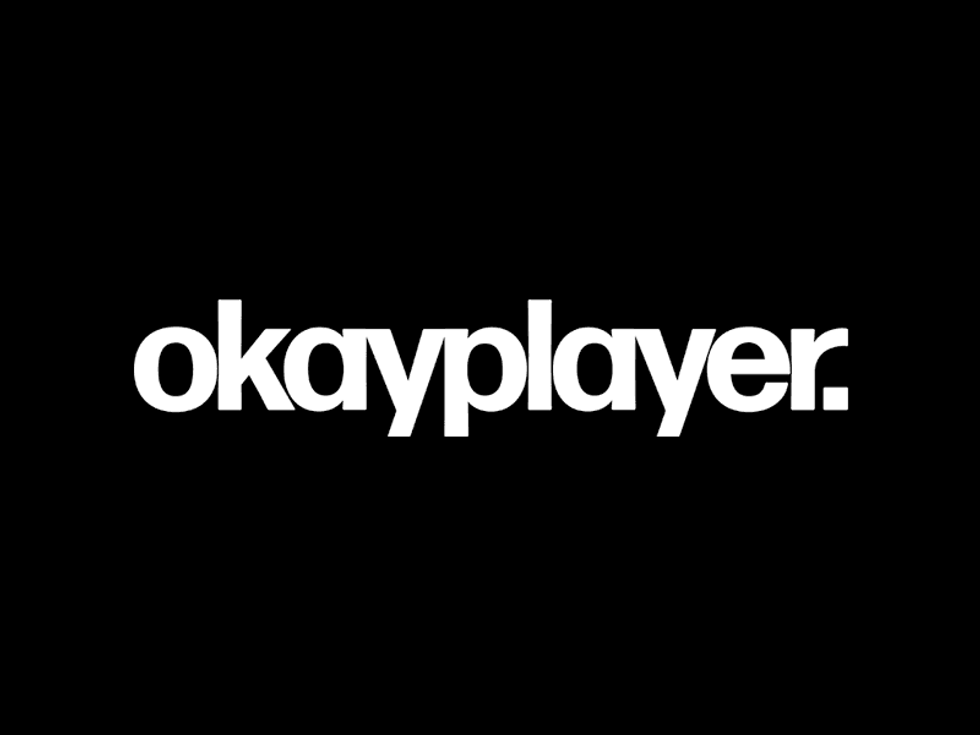Visual Culture: Adam Mansbach On NYC's War On Graffiti Style

Yesterday New York Times bestselling author Adam Mansbach--if the name sounds familiar, it's because this ridiculously tough Black Thought x "N.Y. State of Mind" freestyle we just premiered is part of a J. Period mixtape designed to accompany his new novel Rage Is Back--addressed in print some of the obstacles he has faced in trying to promote the book. Specifically, Mansbach's attempts to legally purchase advertising space on the city's subway trains via a company called CBS Outdoor.
"The issue," CBS Outdoor wrote in an email, explaining why my proposal had been rejected, "is the style of writing. The MTA wants nothing that looks like graffiti."
In an editorial for The Awl, the author goes on to parse with surprising equanimity the irony of a "pro-business" city government that discourages a commercial transaction because of its cultural associations--in effect criminalizing an aesthetic:
Admittedly, my book title is rendered in colorful, flowing letters, by the Brooklyn artist Blake Lethem. Admittedly, this would not have been the first time Mr. Lethem's work had graced a train. But what exactly is the rubric by which the MTA judges a letter's graffiti-ness? At what stylistic tipping point does a word becomes impermissible to the same entity that has approved liquor adverts depicting naked women in dog collars, and bus placards featuring rhetoric widely condemned as hate speech against Palestinians? And if the NYPD defines graffiti as "etching, painting, covering or otherwise placing a mark upon public or private property, with the intent to damage," isn't a graffiti-style letter kind of like a robbery-style purchase?
Of course Mansbach is not in a postion to answer questions about the absurdity of such judgements, but he does plausibly situate the decision within a long history of anti-graffiti efforts which have too often revealed themselves to concern not just money and private property--but also the race and cultural background of the money-folders and property-owners. Hit the link below to read the full editorial and purchase Rage Is Back in the iTunes bookstore.





